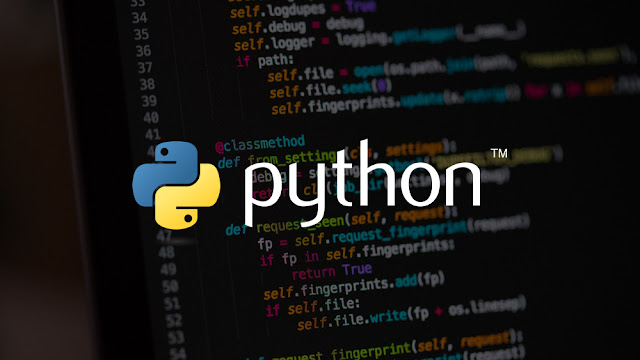Here’s Why Python Continues To Be The Language Of Choice For Data Scientists
For a large community, Python
continues to be the core choice of data scientists. It has become the base of
programming language for data science/WebOps. In simpler words, Python is an
essential skill for the development of modern applications.
Python's rising popularity in the
data science peripheral has acquired a special aspect for deep learning and
machine learning libraries. It also includes tools like scikit-learn, Keras and
TensorFlow. Data scientists have been using the base programming language for
the development of exemplary data models.
They plug directly into a
production system. Starting from data collection to exploration, modelling and
visualisation, Python's libraries NumPy and SciPy pave the segment to strong
algorithms. This mainly entitles analysts and data scientists for delving into
machine learning without any hidden glitches.
As per the IEEE Spectrum report,
Python has swiped off Java in terms of web and enterprise. This is because of
the rising growth in machine learning and deep learning domain.
Python is becoming the leader
Aspiring data scientists are in a
dilemma to select between the best data science tool. Python training in Bangalore will further help in clearing the battle. There are several data
science tools that offer the needed option. It narrows the filter between two
popular languages - Python and R. Python tends to emerge as the most popular
language used more in data science applications.
For instance, the tech giant
Google has formulated the deep learning framework known as TensorFlow. Python
is the key language for the development of this framework. Its footprint has
paved the way for an increase in the environment which is endorsed by Netflix.
Production engineer at Facebook has been using the same as one of the prominent
languages in their work sphere.
There are other benedictions that
Python as. It helps in the upward swing to the top of data science tools. It
helps in the integration with the cloud as well as platform-as-a-service
providers. Furthermore, it helps in supporting multiprocessing for parallel
computing. This brings the direct advantage of assuring large-scale performance
in data science and machine learning. Also, this programming language can be
extended with modules written in C/C++.
Why Is Python Preferred Over Other Data Science Tools?
Easy to learn
The most eye-catching factor about
Python is that anyone who wishes to learn this language can learn it easily. In
comparison to other data science languages like R, Python showcases a shorter
learning curve. And also, scores over others by promoting an easy to understand
syntax.
Scalability
In comparison to other languages,
Python has developed a lead by emerging as a scalable language. It is quite
faster than other languages like Matlab and Stata. Scalability of Python lies
in the flexibility that helps in resolving problems. You will find it in case
of YouTube that migrated to Python. Python is support for different uses in
different industries and helps in the rapid development of applications.
Choice of data science libraries
Another factor for Python leading
the industry is that there are myriad of data science and data analytics
libraries are available to the learners. Pandas, StatsModels, NumPy, SciPy, and
Scikit-Learn, are some of the libraries that have marked their presence in the
market. Python does not stop growing. Python offers robust solutions addressing
problems of a specific nature.
Python community
Another reason for the rise of
Python is based on its ecosystem. As Python is gaining more recognition to the
data science community, more volunteers are formulating data science libraries.
This has paved the pathway for creating the most modern tools and processing in
Python. Fanatics will be able to find access to professionals on different
platforms or even by Google.
Final Words -
Python showcases different
visualization features. Matplotlib offers the solid foundation of other
libraries like Seaborn, pandas plotting, and ggplot. The visualization packages
will help in curating a good sense of data, creating charts and graphical plot.
Furthermore, it helps in creating web-ready interactive plots.


Comments
Post a Comment